
Sir Arthur Wing Pinero was an English playwright and, early in his career, actor.
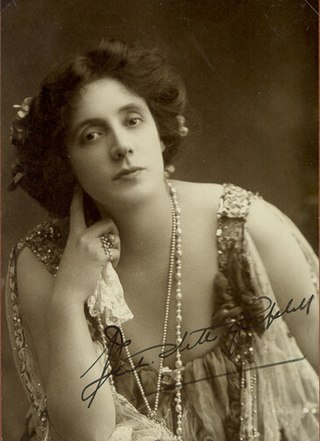
Beatrice Rose Stella Tanner, better known by her stage name Mrs Patrick Campbell or Mrs Pat, was an English stage actress, best known for appearing in plays by Shakespeare, Shaw and Barrie. She also toured the United States and appeared briefly in films.
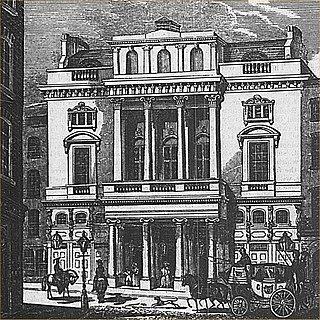
The St James's Theatre was in King Street, St James's, London. It opened in 1835 and was demolished in 1957. The theatre was conceived by and built for a popular singer, John Braham; it lost money and after three seasons he retired. A succession of managements over the next forty years also failed to make it a commercial success, and the St James's acquired a reputation as an unlucky theatre. It was not until 1879–1888, under the management of the actors John Hare and Madge and W. H. Kendal that the theatre began to prosper.
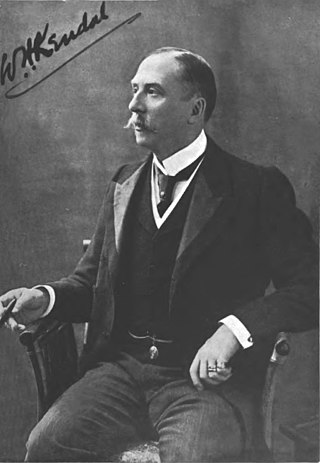
William Hunter Kendal was an English actor and theatre manager. He and his wife Madge starred at the Haymarket in Shakespearian revivals and the old English comedies beginning in the 1860s. In the 1870s, they starred in a series of "fairy comedies" by W. S. Gilbert and in many plays on the West End with the Bancrofts and others. In the 1880s, they starred at and jointly managed the St. James's Theatre. They then enjoyed a long touring career.
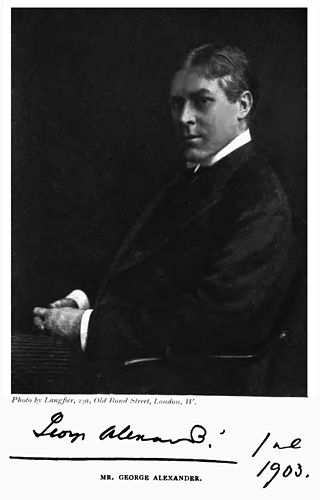
Sir George Alexander, born George Alexander Gibb Samson, was an English stage actor, theatre producer and theatre manager. After acting on stage as an amateur he turned professional in 1879 and, over the next eleven years, he gained experience with leading producers and actor-managers, including Tom Robertson, Henry Irving and Madge and W. H. Kendal.

Mrs. Dane's Defence is a society play in four acts by the British playwright Henry Arthur Jones.

Dame Madge Kendal was an English actress of the Victorian and Edwardian eras, best known for her roles in Shakespeare and English comedies. Together with her husband, W. H. Kendal , she became an important theatre manager.
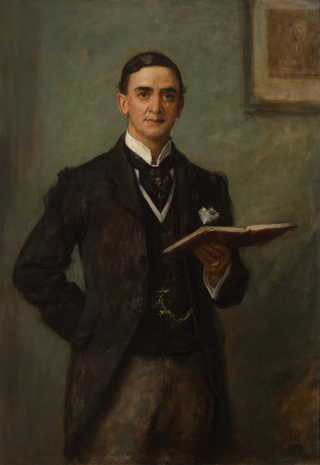
Sir John Hare, born John Joseph Fairs, was an English actor and theatre manager of the later 19th– and early 20th centuries.

George Sutton Titheradge was an English actor.

Toole's Theatre, was a 19th-century West End building in William IV Street, near Charing Cross, in the City of Westminster. A succession of auditoria had occupied the site since 1832, serving a variety of functions, including religious and leisure activities. The theatre at its largest, after reconstruction in 1881–82, had a capacity of between 650 and 700.
Michael Rudman was an American theatre director.
George Rowell was a British theatre historian, lecturer and authority on the 19th century. His specialisms included Victorian melodrama and the theatre of Henry Irving, W. S. Gilbert, Oscar Wilde and Arthur Wing Pinero.

Lydia Bilbrook, sometimes credited as "Bilbrooke", was an English actress whose career spanned four decades, first as a stage performer in the West End, and later in films. She is best known to today's audiences as "Lady Ada Epping" opposite comedian Leon Errol in the Mexican Spitfire movie comedies of the 1940s.

Dandy Dick is a three-act farce by Arthur Wing Pinero, first performed in London in 1887. It depicts the complications arising when a respectable clergyman is persuaded to bet on a horse race to subsidise building works on his church. The play has been revived several times and has been adapted for the cinema, radio and television.
The Second Mrs Tanqueray is a 1952 British drama film directed by Dallas Bower and starring Pamela Brown, Hugh Sinclair and Ronald Ward. It is based on the 1893 play The Second Mrs Tanqueray by Sir Arthur Wing Pinero; and marked the film debut of Virginia McKenna.
The Second Mrs Tanqueray is a 1916 British silent film directed by Fred Paul and starring George Alexander, Hilda Moore and Norman Forbes. It is an adaptation of the 1893 play The Second Mrs Tanqueray by Arthur Wing Pinero.
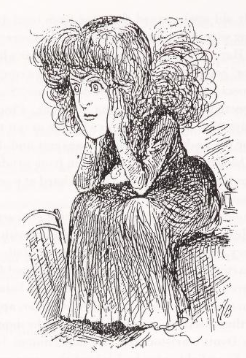
The Schoolmistress is a farce by Arthur Wing Pinero. It depicts the complications at a girls' boarding school when the headmistress is away, leaving her feckless husband in charge.
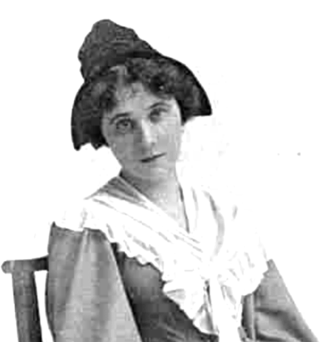
Winifred Fraser, née Day, was an English actress. After building a career in supporting roles in London and on tour from 1888 to 1910, she moved to the US, where she appeared in numerous Broadway productions in the 1910s and 1920s, before retiring to England.
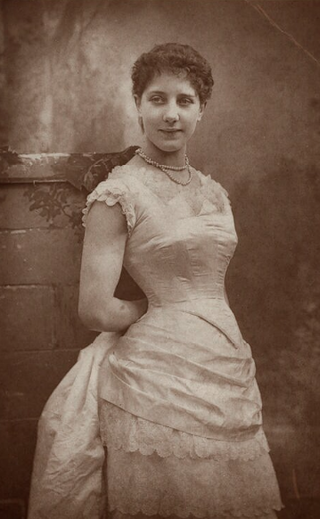
Ethel Maude Millett was a British actress of the late 19th and early 20th centuries, known for her roles in drawing room comedies. She created roles in plays by Arthur Wing Pinero, Oscar Wilde and J. M. Barrie among others.
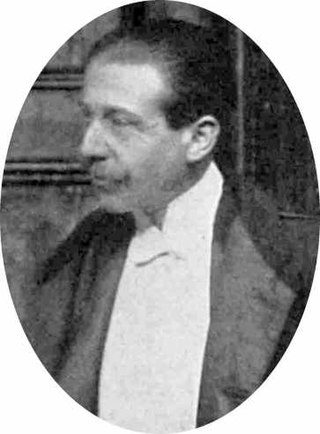
Francis Adolphus Vane-Tempest was an English actor of the late-19th and early 20th centuries. He was known for playing amiable but not over-bright upper class characters. Among the roles he created was Mr Dumby in Oscar Wilde's 1892 comedy Lady Windermere's Fan. His theatrical career continued until the First World War, when he joined the army. He did not return to the stage thereafter.

















